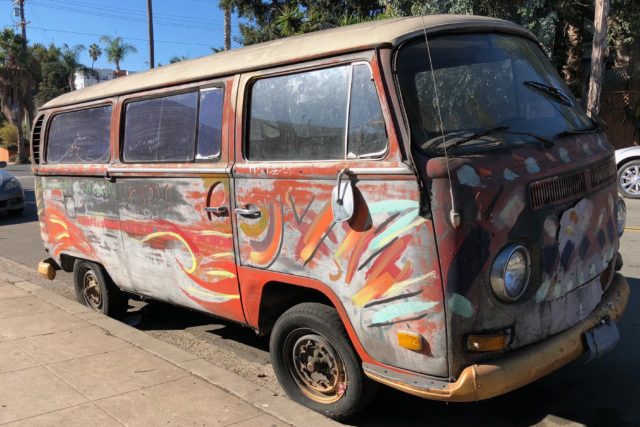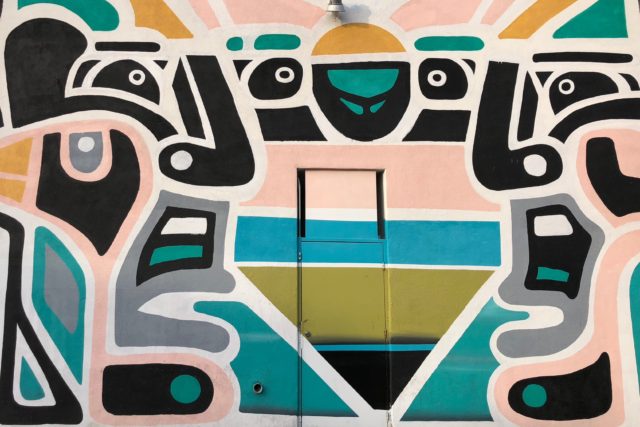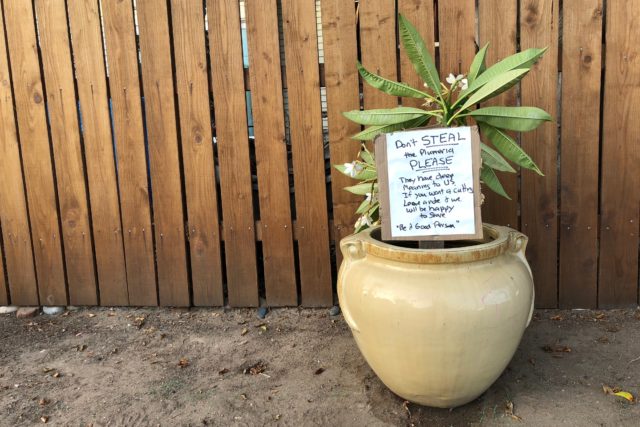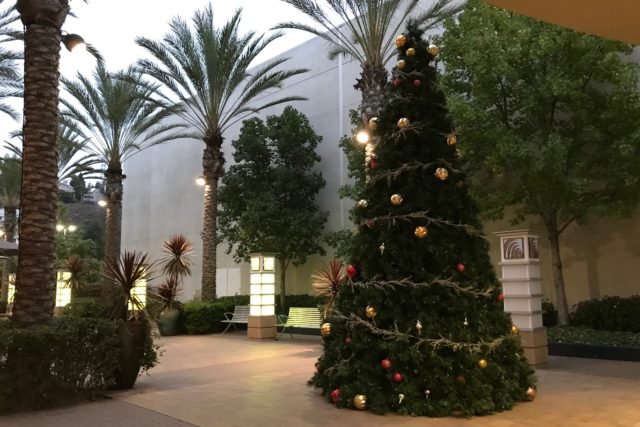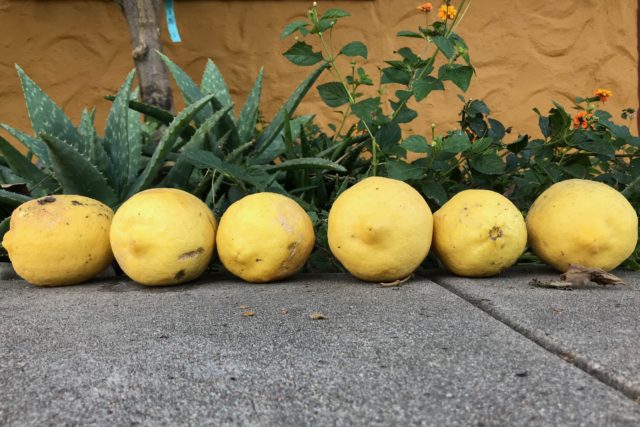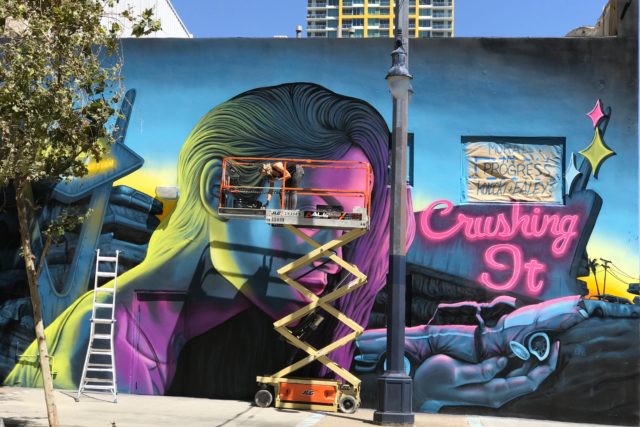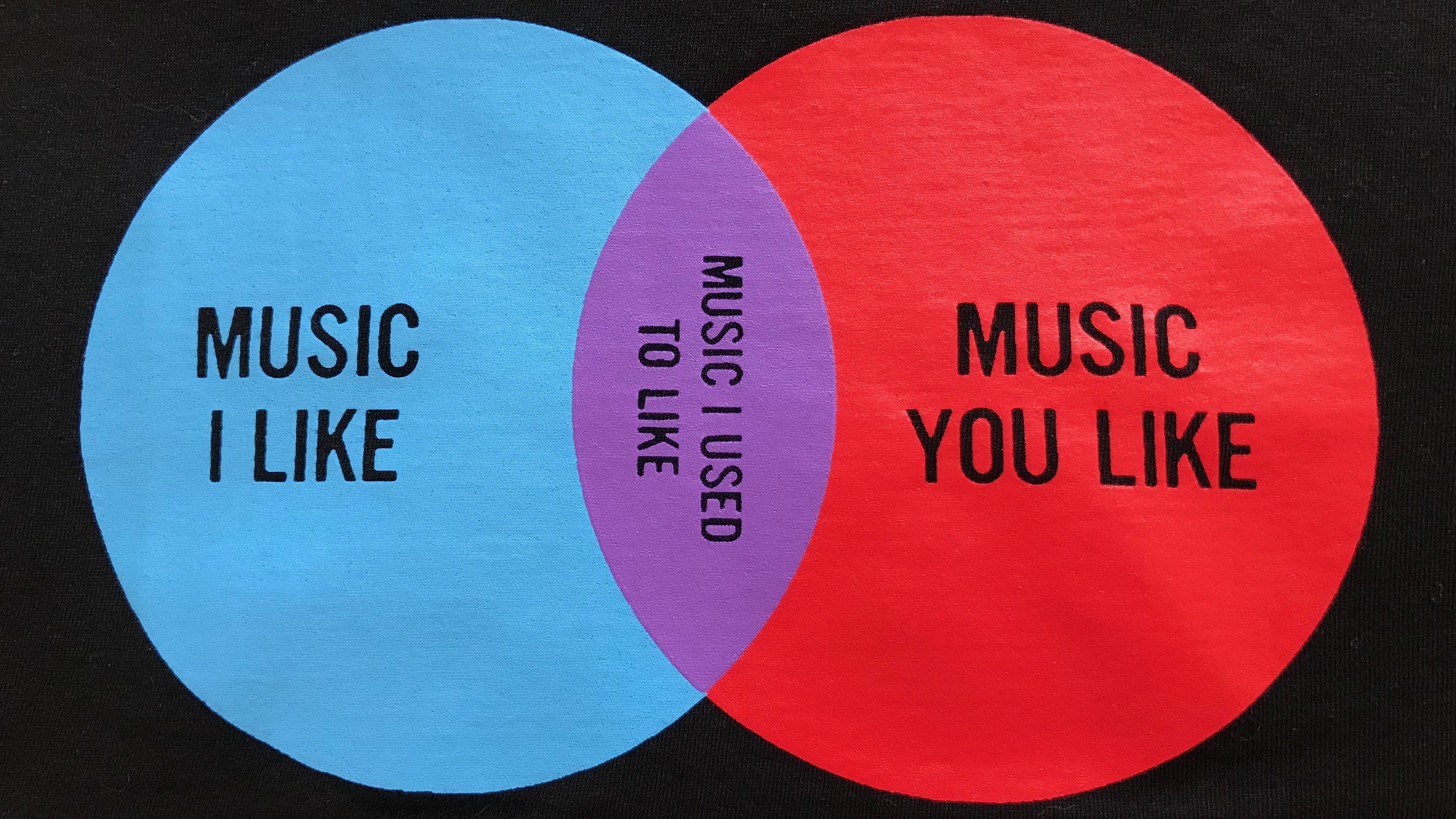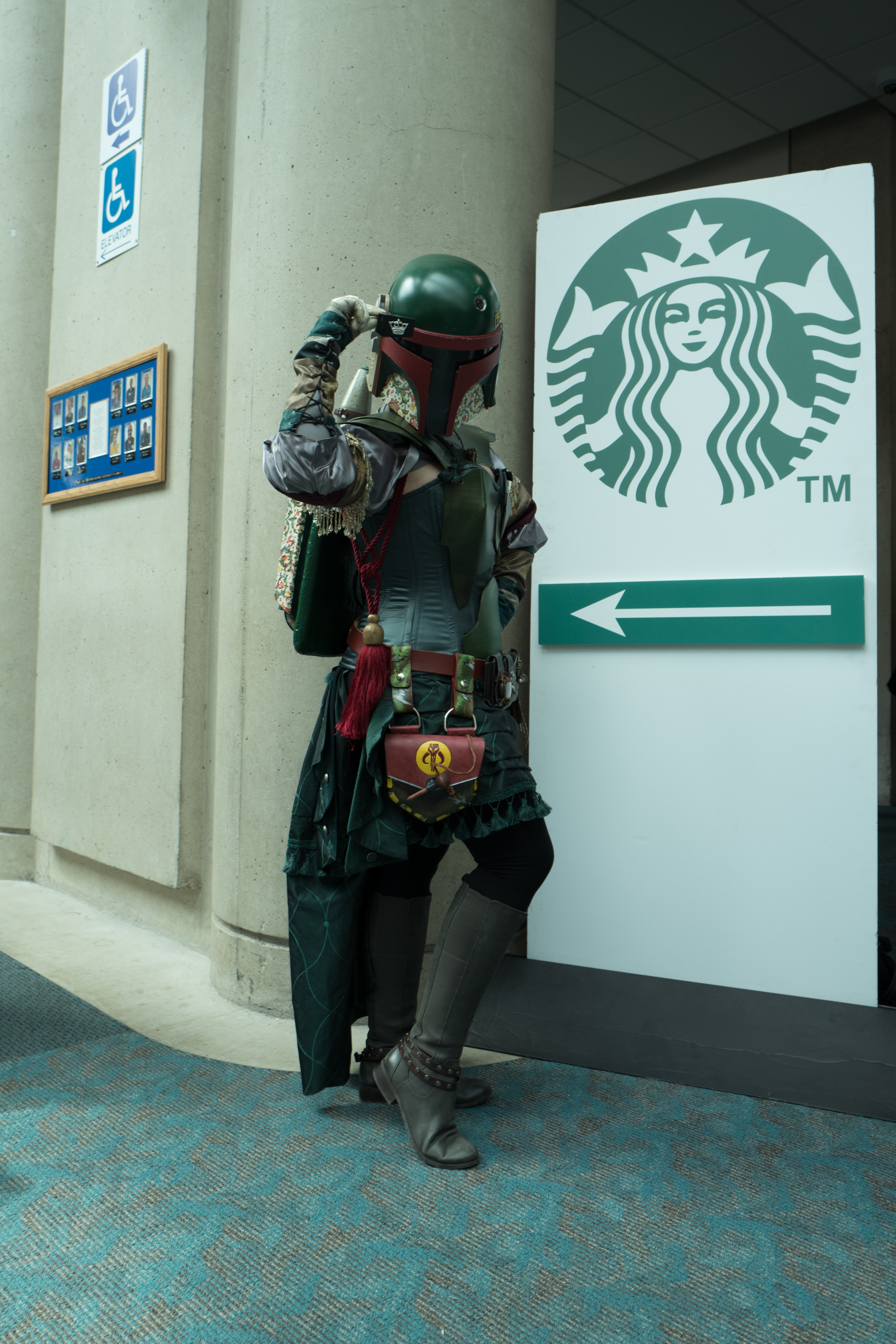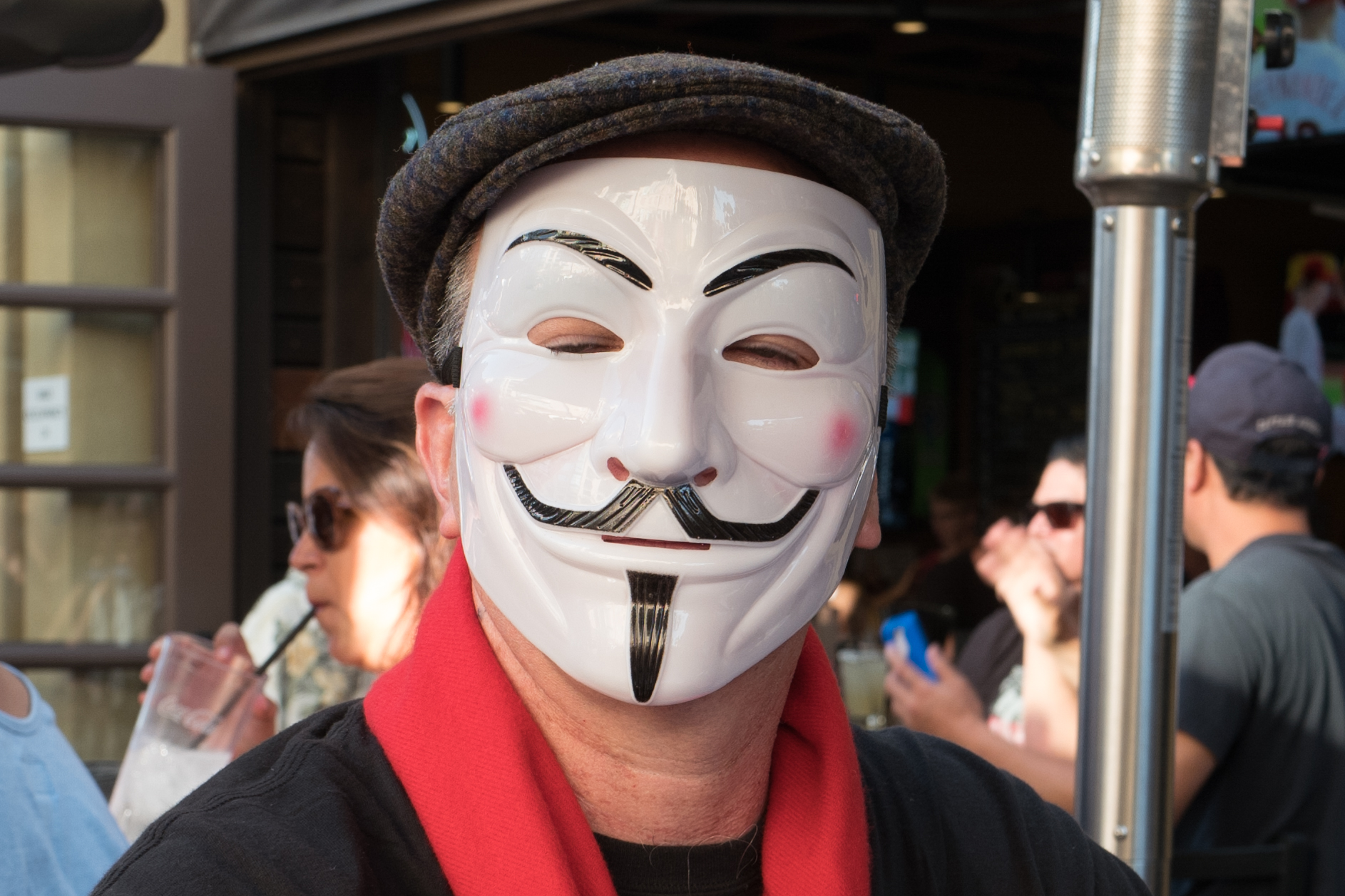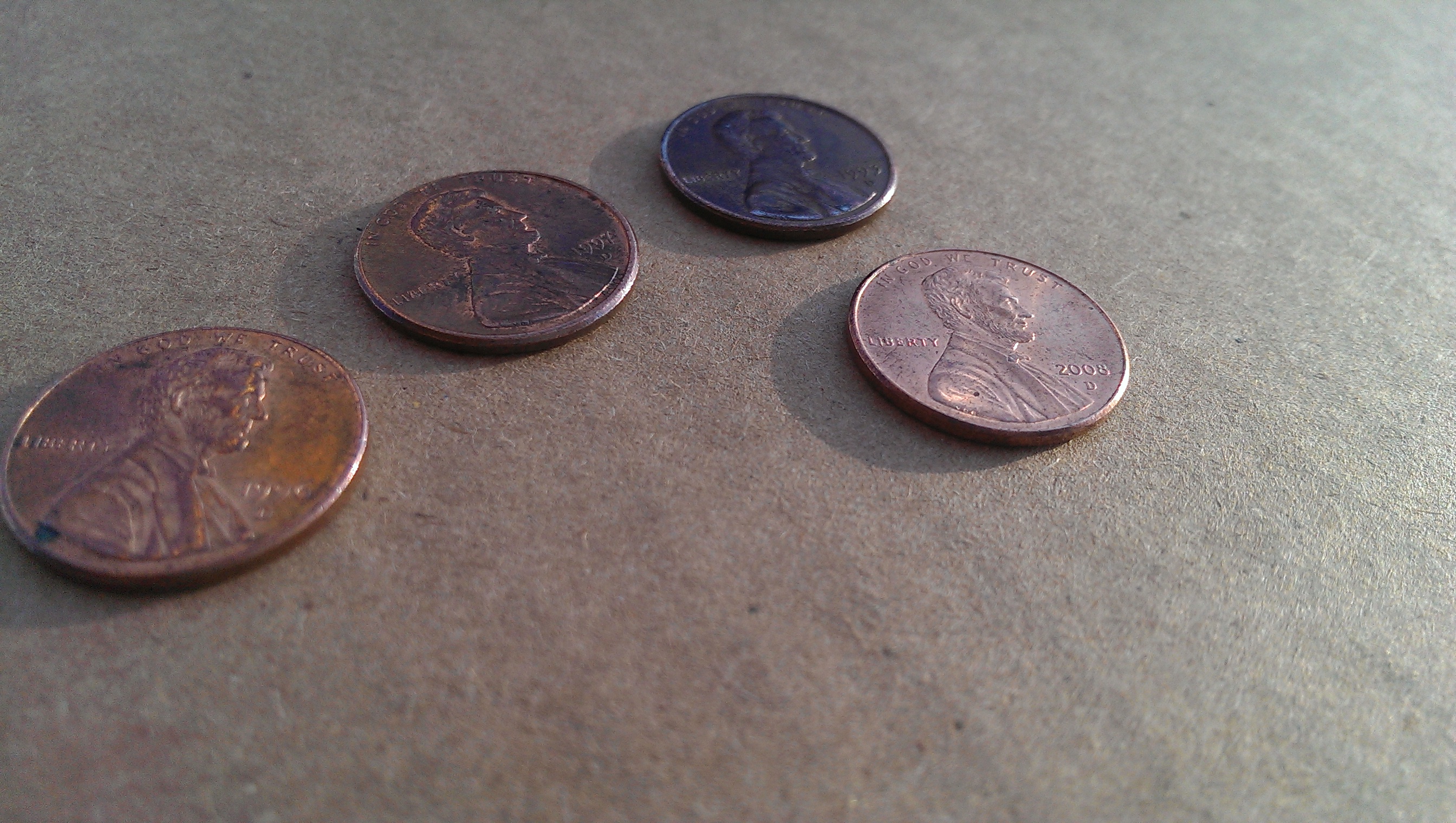The greatest geekfest and pop-culture event on the planet wrapped up this afternoon in San Diego, as the original Comic-Con closed its doors on the Convention Center. Imitator shows are everywhere this Century, but none commands character and class like the original. The first, full, three-day event took place from Aug. 1-3, 1970, at the U.S. Grand Hotel, with about 300 attendees and sci-fi luminaries, including Ray Bradbury and A.E. van Vogt. This week, 140,000 people attended, but the number doesn’t include the tens of thousands descending on the Gaslamp Quarter and other areas of the city. SDCC is too big to be contained by the formality of a single glass-and-steel structure or the fire marshal’s mandates.
I had given up on participating until unexpected opportunity occurred yesterday morning to purchase a legitimate Day 4 badge with my name—not one assigned to someone else and sold for exorbitant price, despite firm policy against such scalping. I picked up the badge in the afternoon, spending several hours afterwards in the Quarter.
Like yesterday, I captured moments using Leica Q, but far fewer than my typical day. Those that follow aren’t all, or necessarily the best, but they tell a story about shooting them.
